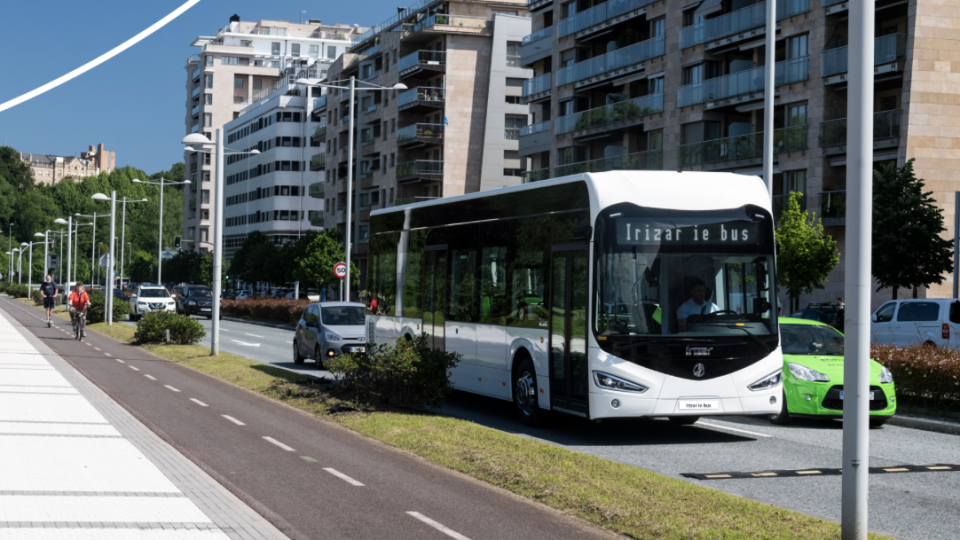Latest-generation Van Hool e-buses deployed by De Lijn in Limburg
Starting from 30 May, Flemish operator De Lijn will operate the first electric buses of its latest generation in Limburg, more specifically from the Winterslag depot in Limburg on the Genk city network and on some regional lines between Genk, Hasselt, Tongeren and Houthalen. De Lijn has plans to make its entire fleet and accompanying infrastructure […]

Starting from 30 May, Flemish operator De Lijn will operate the first electric buses of its latest generation in Limburg, more specifically from the Winterslag depot in Limburg on the Genk city network and on some regional lines between Genk, Hasselt, Tongeren and Houthalen.
De Lijn has plans to make its entire fleet and accompanying infrastructure emission-free by 2035.
De Lijn is introducing new Van Hool e-buses in Limburg
The Winterslag depot was also equipped with the necessary charging infrastructure where the e-buses will charge mainly at night. The roadmap is clear: “there will be 16 more e-buses on the road in Winterslag this year and 40 e-buses for the depots in Kortrijk, Destelbergen and Sint-Niklaas”, said Flemish Minister for Mobility and Public Works Lydia Peeters.

The four e-buses presented today in Genk are part of an order of 60 standard e-buses (with a length of 12 metres) from two suppliers, Van Hool and VDL. These first e-buses are by Van Hool and can travel at least 220 km without recharging on the way, the operator states in a press note. The e-buses charge at the depot, especially at night. By the end of this year, with this order, there will be 20 e-buses for Genk, 16 for Kortrijk, nine for Destelbergen and 15 for Sint-Niklaas. The depots concerned by e-mobility deployments are also equipped with the necessary charging infrastructure
Director general of De Lijn, Ann Schoubs, said: “The new buses pay ample attention to customer-friendliness, where we incorporated many suggestions from passenger organisations into the design. If De Lijn wants to help solve the congestion problem, we have to make our public transport attractive”
Buses feature floor with warm wood look and inlaid icons, LED lighting, USB charging points and seat covers in recycled imitation leather. Travellers get real-time trip information via extra-wide screens in the e-bus. Thanks to the automatic electric ramp, the buses are easily accessible for passengers with wheelchairs or prams.







